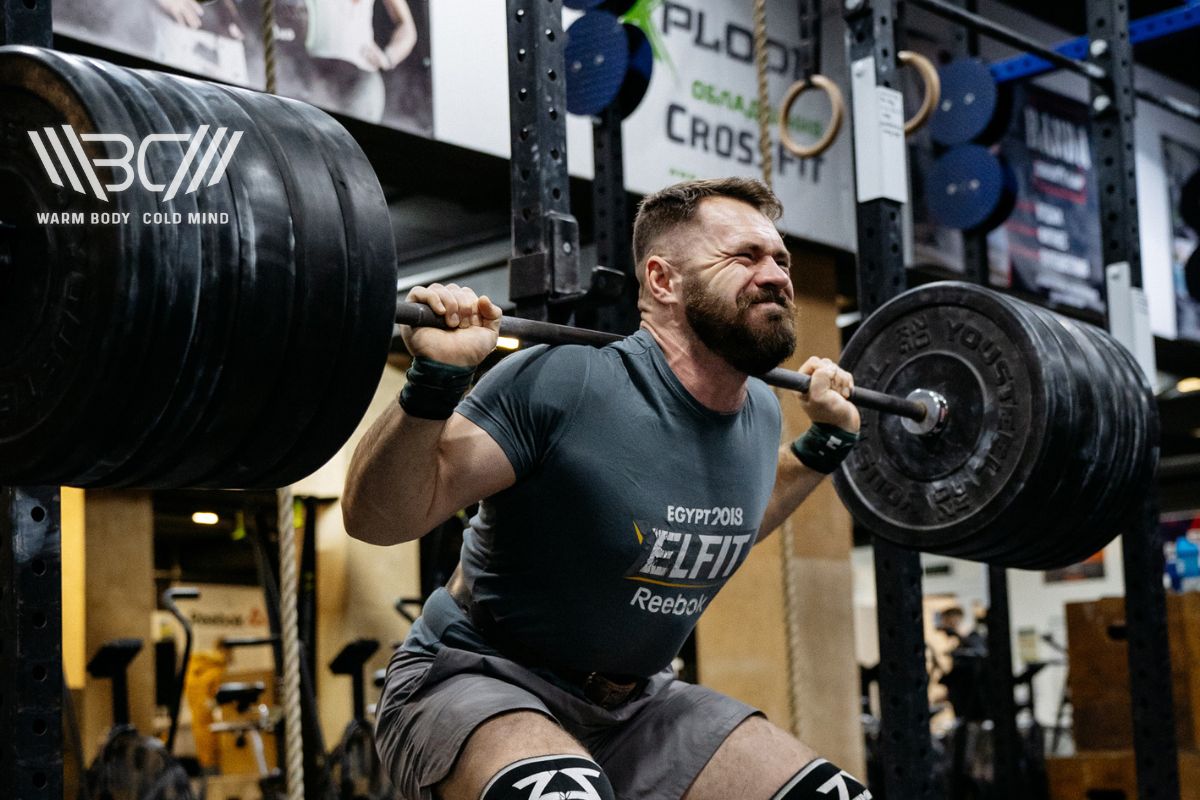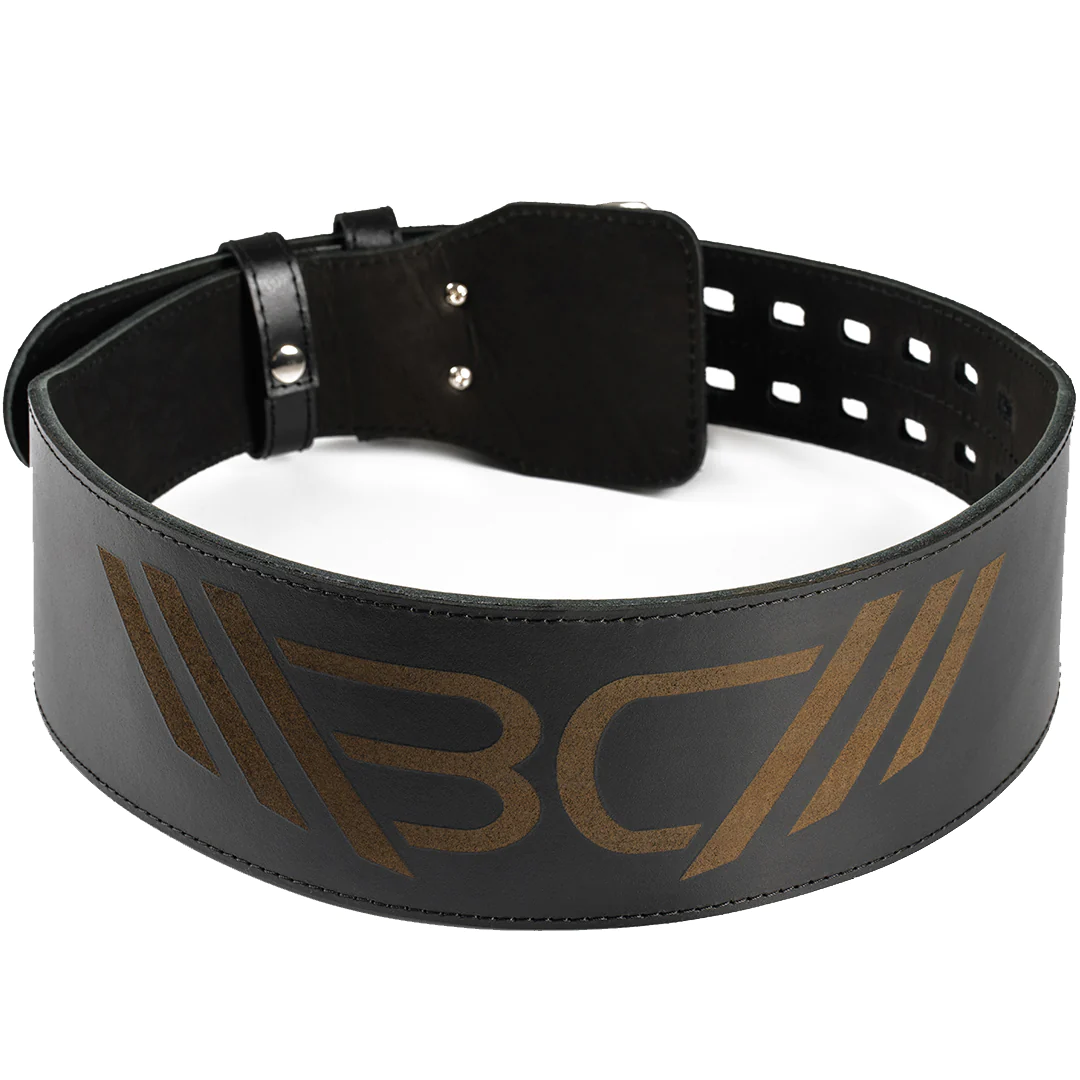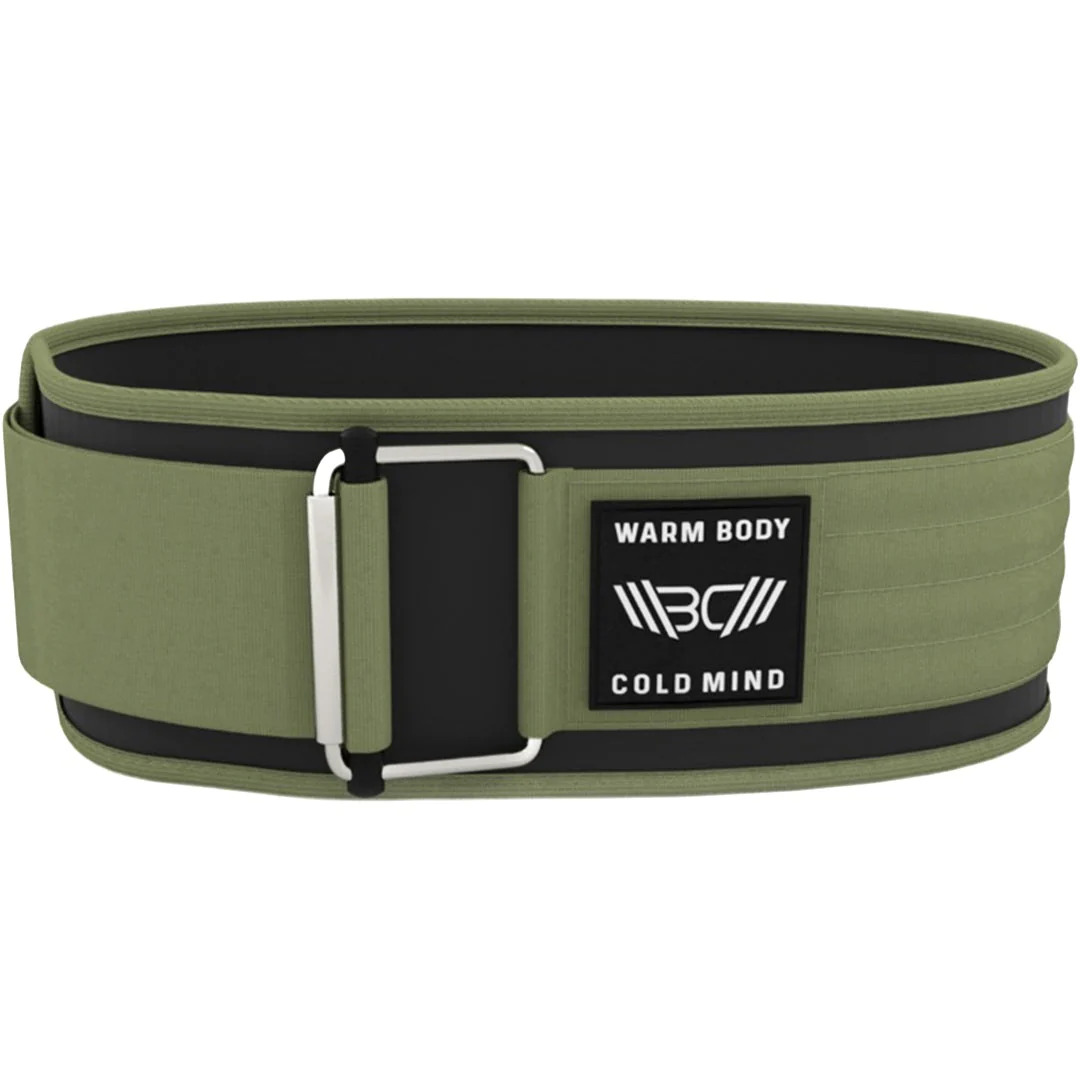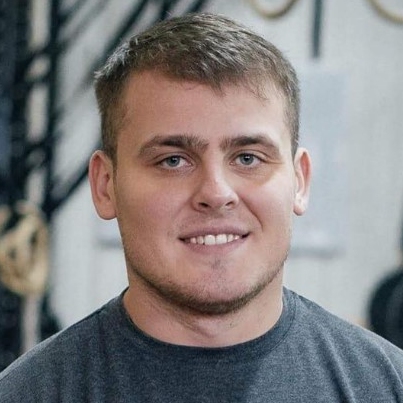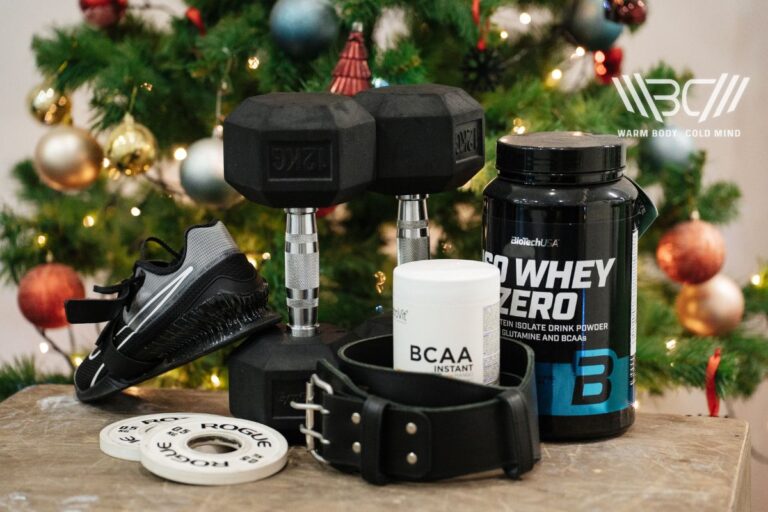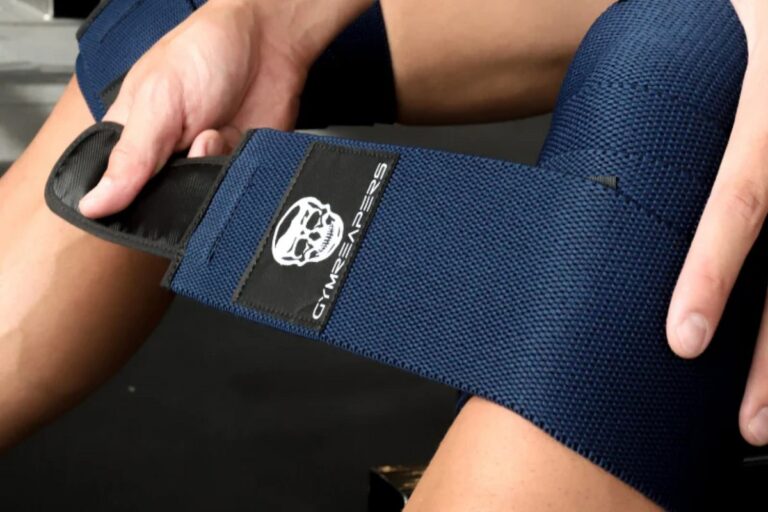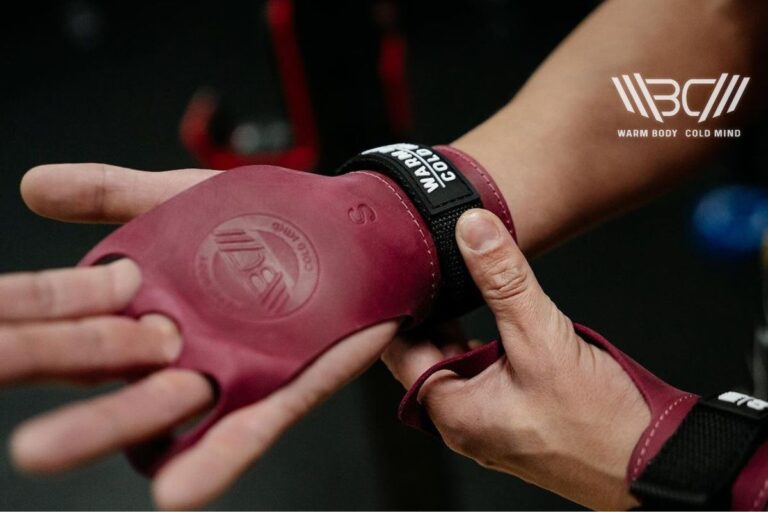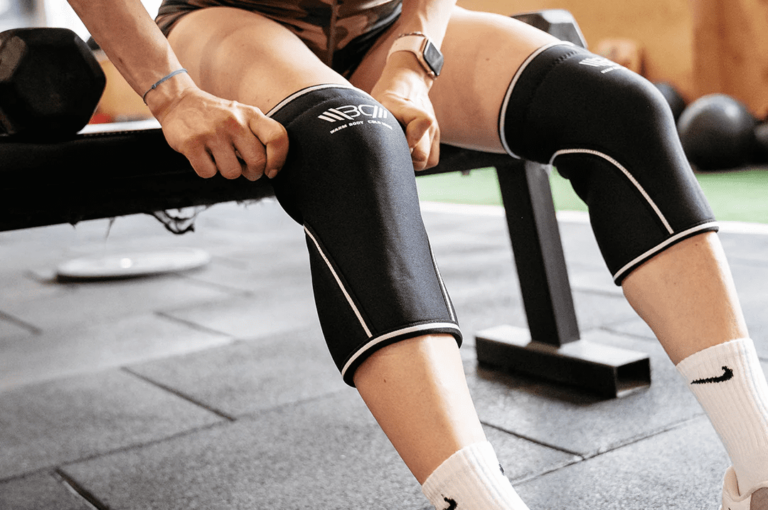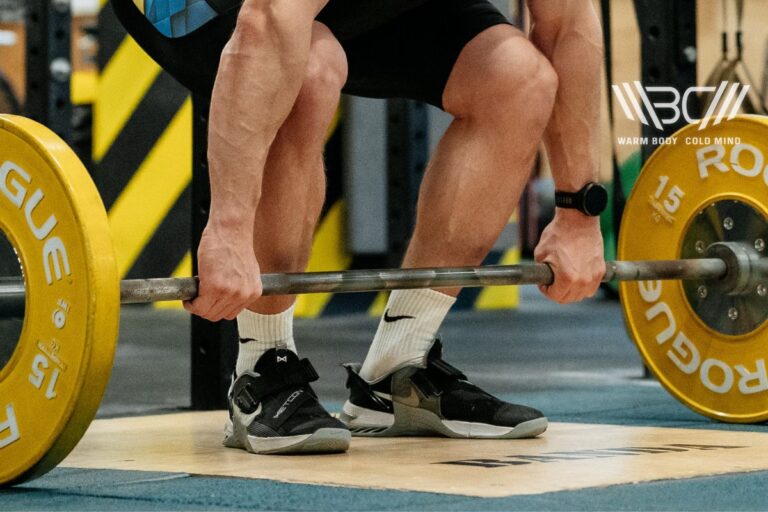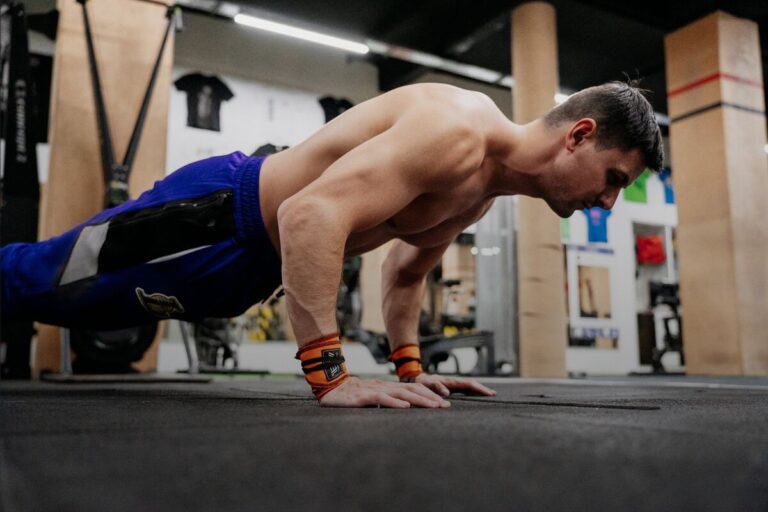Is 315 a Good Squat? Strength Training Benchmarks
Reviewed by Jacek Szymanowski
The squat zone, where iron meets determination! So, is 315 a good squat or not? Well, like many aspects of fitness, it’s not as simple as yes or no. It depends on a lot of factors, like your body weight, training experience, and goals.
Generally, a 315 squat means you’re no longer intermediate and you’ve entered the world of advanced lifters. It’s a substantial weight, to say the least, and for many people, it’s a big milestone. And rightfully so because there’s a lot of months or even years of dedicated training, and you know that includes pain, sweat, injuries…
Basically, it’s not for everyone. It can be a stepping stone on the path to greater strength performance, or it can be an extraordinary achievement. Whatever the case – it’s a big deal. But beyond the numbers, the journey to being able to do this is just as much mental as it is physical. It’s about pushing past your limits and celebrating every small victory along the way.
Is squatting 315 impressive? Tighten your belt and let’s see! (Spoiler – yes, it is)
Is 315 a good squat? – This depends on a few things, like fitness level, training experience, and body weight. For a lot of people, achieving 315 lbs squat is a big milestone that’s indicative of substantial lower body strength and dedication to training.
Is 315 a Good Squat? – For Whom and When?
How many people can squat 315? Not a lot, but is it because people try and fail or is it because it just isn’t that important for everyone? 315 pounds is a weight a lot of lifters want to conquer, but its significance isn’t the same for everyone. We’re all different and that weight means the world to one person, but to another, it’s just a stage they have to get through on their way to something even more substantial.
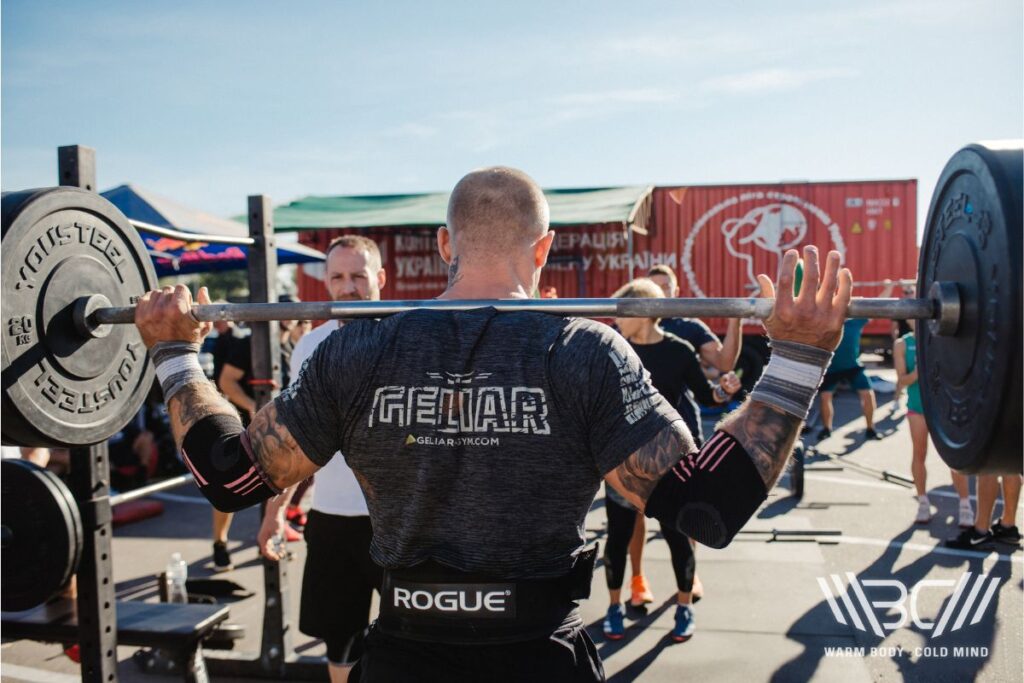
1. Fitness Level and Lifting Experience
If you’ve been training for a long time, the 315-pound squat is quite a feat. It means your lower body has quite a bit of strength and power, not to mention how proficient you are in the squatting technique.
But for beginners, this is an ambitious target and they might feel like they’re never going to get that far. They’ll need to progress slowly, focus on mastering the form and building foundational strength before attempting to lift such heavy loads.
2. Sport
This amount of weight doesn’t mean the same thing for everyone, which makes sense because, when you really think about it, would a football player care as much about the weight as a weightlifter would? If you’re a powerlifter, for instance, a 315-pound squat isn’t anything too spectacular, no matter how impressive that may sound to an outsider.
In other sports, people might have different priorities when it comes to strength training. Do you think a basketball player will want to try to work on squatting 315 pounds? No – their priorities are explosive leg power and agility, not sheer squat strength.
3. Age and Sex
Age and biological sex are very important factors. Younger people usually have higher levels of strength and athletic performance compared to older people. In addition to this, biological differences between sexes play a part, too. Men are usually stronger than women because of greater muscle mass and strength potential. So, what constitutes a “good” squat will vary based on age and sex demographics.
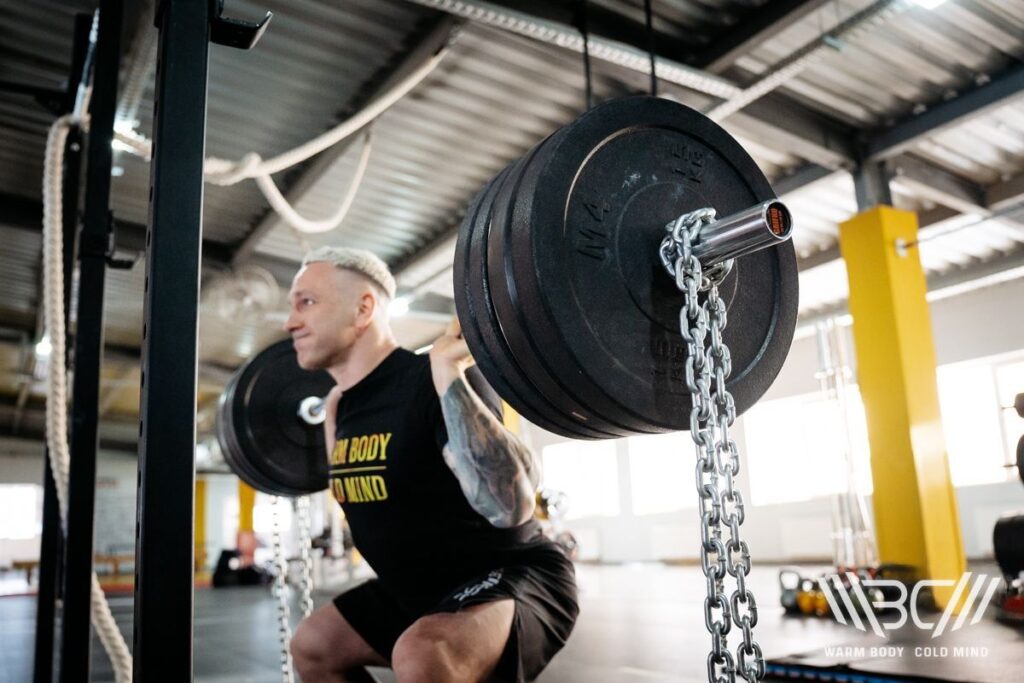
4. Bodyweight
For lighter people, lifting a weight that’s significantly higher than their body weight will be super impressive because it shows a high level of relative strength. On the other hand, those who are heavier will need to lift heavier absolute weights to get similar relative strength ratios.
What a Good Squat Should Really Mean – 4 Strength Standards
Numbers mean something and they can help us see exactly how we’re progressing. But a good squat isn’t determined by just numbers, there are other factors to consider.
1. Individual Goals – Athletes vs. General Population
The definition of “good” is closely linked with a person’s aspirations and ambitions. For competitive athletes, a good squat could be one that optimizes performance in their specific sport (enhancing speed, power, agility, etc.). But to the general population, a good squat can be one that positively impacts your health, mobility, and functional fitness.
But keep in mind that something that’s good for general population might not be ideal for a strength athlete. Think of an NFL player that weighs 245 pounds and can effortlessly squat 440 pounds – 300 pounds doesn’t seem too impressive for them right? When you understand your priorities, you can define what constitutes success under the barbell.
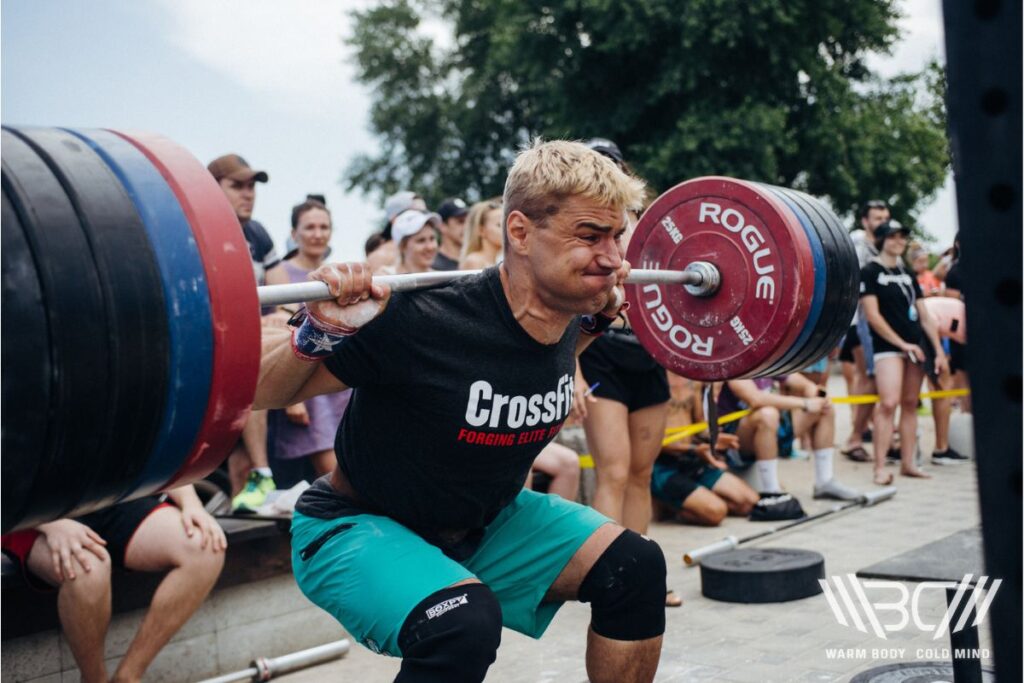
2. Health
What do you think, is 315 a good squat for a man (or woman)? Health and well-being are the foundation of every single squat. A good squat needs to prioritize biomechanical efficiency, promote joint stability, muscular balance, and spinal integrity.
You can use accessories in this regard, like a leather lifting belt, because it will reinforce your core muscles and encourage proper alignment. It’ll protect you from back injuries, plus if it’s made from grade-A materials, the belt will also last you a long time, which is always a welcome bonus.

Enhance your strength training with Warm Body Cold Mind leather weightlifting belt providing exceptional support and durability.
3. Quality and Form
Quality always comes before quantity and, in this aspect, there’s only one type of squat that’s good – one that’s done with impeccable control, form, and depth. Good form will protect from injuries and make the exercise effective, so you should always aim to squat properly, even if it means less reps. It’s not just about moving weight – it’s about moving with precision.
3. Don’t Compare Yourself to Other Folks
This can be hard to do. With the insane amount of influencers and social media, it’s easy to fall into the trap of comparison. But that should never be how you measure your achievements in general, not just when it comes to squats. There’s no point in comparing yourself to a 240-pound Olympic lifter if you’re a martial artist that weighs 176 pounds. You see, it’s all relative.
Progress is a deeply personal journey of self-improvement and self-discovery, so embrace your own progress, celebrate every little victory, and recognize that every rep brings you closer to success, whatever that may be for you.
Subscribe!
Get useful tips, expert insights, and in-depth analysis of training programs & nutrition plans to get the most out of your performance.
5 Ways How to Improve Your Squat Strength
If 315 pounds is not quite where you are right now but it’s what you aspire to conquer, keep reading because there are some really practical, efficient tips here on how to squat 315 and how you can improve your squat strength to crush your PRs.
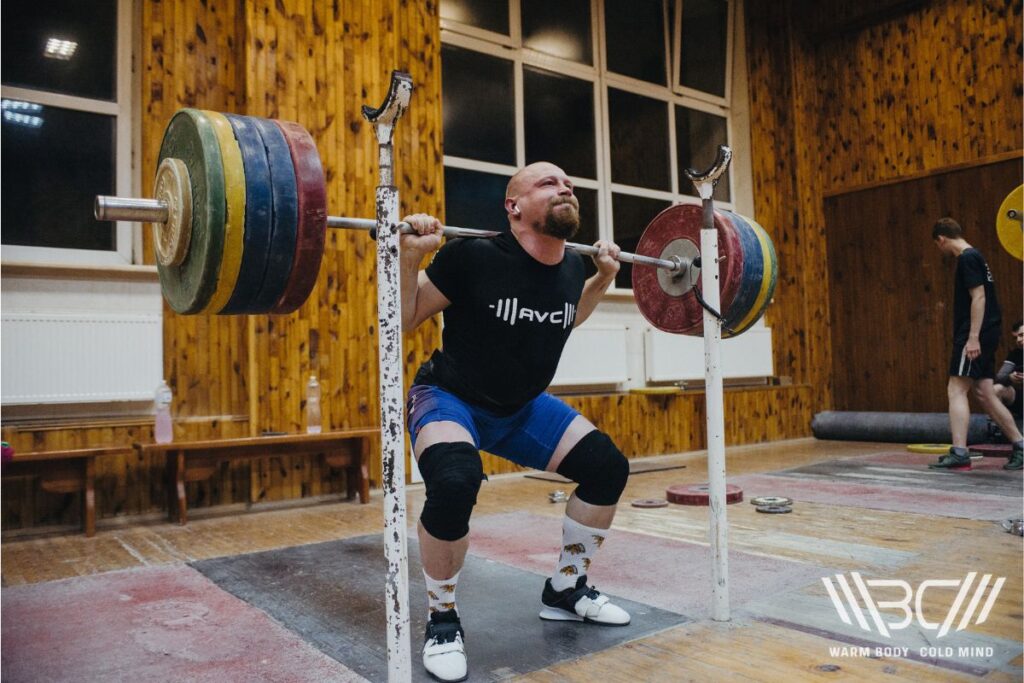
1. Progressive Overload
You’ve probably heard of this and you may even know exactly what it is, but we’ll mention it anyway because it’s so important, it deserves all the mention it gets. Progressive overload is the foundation of success – it’s a principle that involves gradually increasing the demands placed on your muscles over time.
You can do this by adding weight to the bar, increasing the number of reps or sets, or reducing rest periods between sets. Basically, you make the workouts harder and harder over time to keep your muscles continually challenged. This way, you prevent plateaus and stimulate muscle growth and adaptation.
A nylon lifting belt can be a great help here, and it can make your progress safe and sustainable. A nylon belt, unlike a leather belt, is usually more comfortable, while still being durable. A nylon belt is also better for mobility and range of motion as it gives you a bit more room to breathe, which is also something worth considering.

Discover the strength of the Warm Body Cold Mind nylon lifting belt. Lightweight and durable, it provides optimal support for your workouts.
2. Proper Technique
Technique is paramount for safety and efficiency. Focus on keeping your spine neutral, your chest up, and driving through the heels as you lower yourself into the squat. Engage your core to stabilize your torso and make sure your knees track in line with the toes throughout the movement. If your form is impeccable, you’ll maximize muscle activation and reduce the risk of getting hurt.
Over time, you’ll be able to lift heavier weights. Building Strength is a process not an event – one of the biggest factors for strength development is how many times in a year you are forced by injury to take a break. Being able to lift consistently is the foundation of strength development, and without proper technique, it is simply impossible.
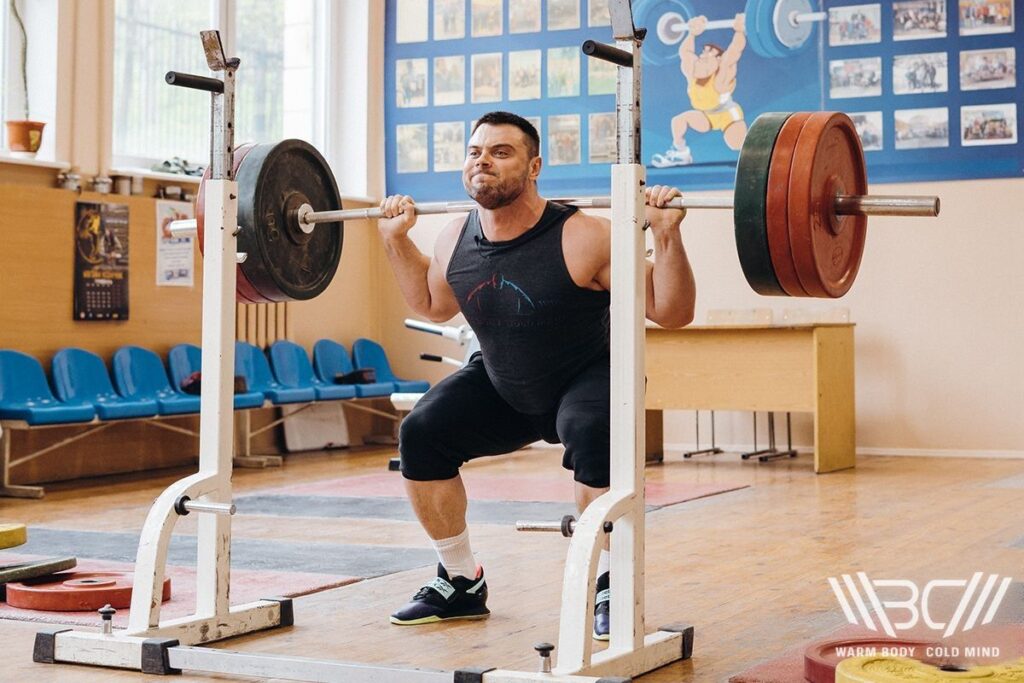
3. Periodization
This means that you’re strategically planning your training program to optimize your performance and prevent plateaus. You can divide your training into distinct phases, and each of them can focus on different aspects of strength development.
For example, you can have periods of high volume training to build muscle mass, and that can be followed by phases of high-intensity, low-rep training to improve maximal strength. Varying the intensity, volume, and frequency of your workouts over time will keep your body challenged and you’ll see progress.
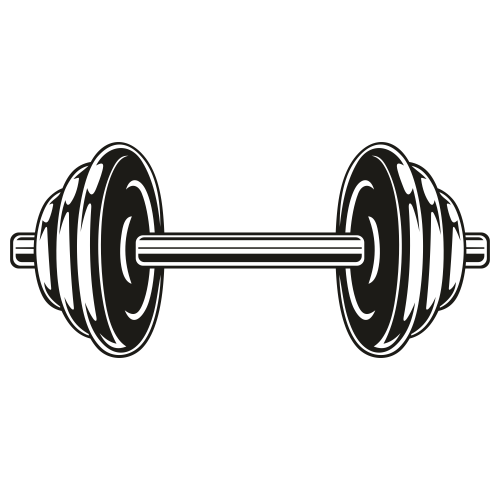
Pro Tip:
4. Accessory Exercises – Training Limiting Factor
Plateaus are a pain. They can be deadly to your motivation and they can frustrate you to no end. There are a few things you can do to prevent them, and one of them is identifying your limiting factors, and then addressing them.
This can mean incorporating accessory exercises that target weak points in your squatting mechanics, like weak hamstrings, glutes, tight hip flexors, or poor ankle mobility. Exercises like hip thrusts, lunges, and calf raises can help strengthen these areas and improve your performance.
5. Injury Prevention and Safety: Minimizing Time Off
Maintaining long-term progress can be difficult, but you can do it if you know how to prevent injuries and if you stay consistent with your training. You need to build resilience by gradually increasing training volume and intensity and you also need to allow your body to rest and recover between workouts. Make sure to address any imbalances or weaknesses because muscle imbalances can lead to injury.
Think about it like this – if you need to take 6 weeks off due to pain or injury, that’s more than 10% of the year gone and it can put a real damper on your progress. If you want to know how long does it take to squat 315, there’s no definitive answer for that, but one thing is sure – it will take you a lot longer than it needs to if you keep having to take time off.
Conclusion
If you came here to find out whether a 315-pound squat is good or not, you’ve got your answer! And, in the end, that is what’s most important – to answer the question. 315lb – 3 big plates a side 🙂 is a very significant milestone for any squatter. It is definitely something to boast about, and if you can actually do it, it’s a well-deserved boast indeed.
And also, beyond just plain boasting, we’ve learned about other benefits that high-difficulty squats bring into your life. We’ve also delved into how to get there. But, keep in mind, that even though the milestone has been reached, it is also the journey that counts. You didn’t just pop out from a random bush and start pumping 315lb squats. Unless you’re Hercules or something. You’ve worked hard to achieve that goal.
You should be proud! Now that that’s been taken care of, we’d like to hear from you! Did you manage to achieve the mighty 315 squat? If not, what’s your current record? Did we answer all your questions regarding the topic? Any question, comment, thought or idea, write them down into the comments section below.
Squatting out!
References:
- Becks Shepherd “Why are rest days important?” LiveScience, https://www.livescience.com/why-are-rest-days-important (accessed April 12th, 2024).
- Gerrit Stassen, Lukas Baulig, Ole Müller, Andrea Schaller “Attention to Progression Principles and Variables of Exercise Prescription in Workplace-Related Resistance Training Interventions: A Systematic Review of Controlled Trials,” Frontiers in Public Health, March 25, 2022, Sec. Occupational Health and Safety, Volume 10 – 2022.
- Giuseppe Grillone, Matteo Cortesi, Rocco Di Michele, Sandro Bartolomei “A Comparison between Male and Female Athletes in Relative Strength and Power Performances,” Journal of Functional Morphology and Kinesiology 6, no. 1 (2021): 17.
- Health Promotion Board (HPB) “Prevent Injuries with Proper Form During Workouts,” Singapore University Health Center, https://www.nus.edu.sg/uhc/articles/details/prevent-injuries-with-proper-form-during-workouts (accessed April 12th, 2024).
- R. F. Escamilla, “Knee Biomechanics of the Dynamic Squat Exercise,” Medicine and Science in Sports and Exercise 33, no. 1 (2001): 127-141.
- All photos are made by WBCM Media team.
Author: Ihor Shymechko
Coach, PRO Olympic Weightlifter
Ihor Shymechko is a renowned Ukrainian weightlifter. He has represented his country in several Olympic Games, notably in 2008, 2012, and 2016. His impressive career includes winning the European championship in 2009 and earning a silver medal in 2011 in the +105 kg division. Shymechko also earned a Ph.D. from Lviv State University of Physical Culture.
Reviewed by: Jacek Szymanowski
Performance architect, S&C movement specialist.
Jacek Szymanowski is a highly respected sports nutrition expert with a Master’s degree in Biotechnology. His innovative approach combines lifting and fighting strategies to help athletes optimize their performance. As a Strength and Conditioning Movement Specialist, he is dedicated to reducing injuries in athletes. His specialist training in Nutrition for Athletes equips him to provide expert advice on dietary habits and nutrition for peak performance.

